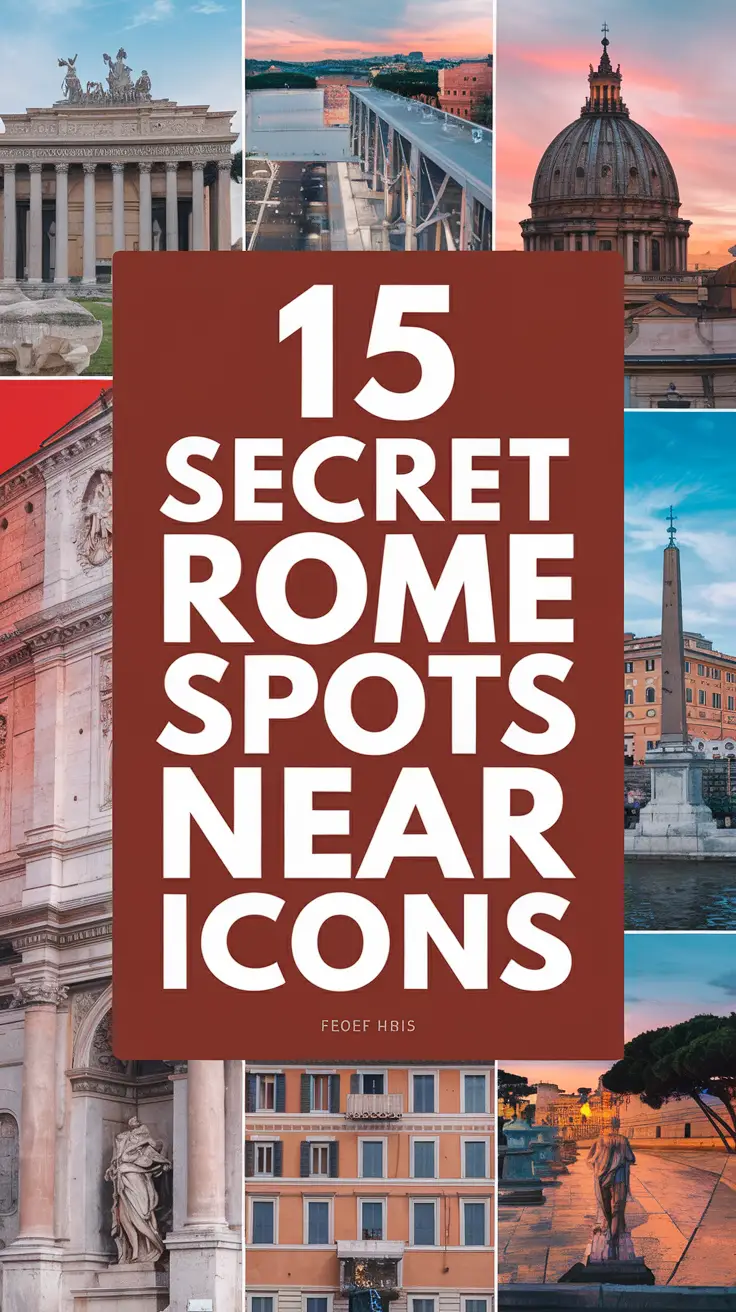
There I was, gelato in hand and a faint smear of pistachio on my cheek, hopelessly lost behind the Pantheon. My cruise ship was docked in Civitavecchia, but I’d carved out a precious port day to wander Rome solo—no guides, no group, just me, a pocket map, and a dangerous overconfidence in my sense of direction. A wrong turn (okay, three) led me to a sun-dappled piazza where a centuries-old archway opened into… a Renaissance courtyard? There wasn’t another tourist in sight. And just like that, I discovered one of Rome’s best-kept secrets.
Since then, Rome—eternal city, land of espresso and emperors—has become my playground for port adventures. And I’ve learned that you don’t need to venture far from the Colosseum or Vatican to uncover an entirely different side of the city: quieter, quirkier, and undeniably more local.
So, lace up those comfy walking shoes (preferably stretchy ones—you’ll thank me after lunch), because I’m about to guide you to 15 hidden gems in Rome sitting practically in plain sight.
1. The Keyhole of the Knights of Malta (Aventine Hill)
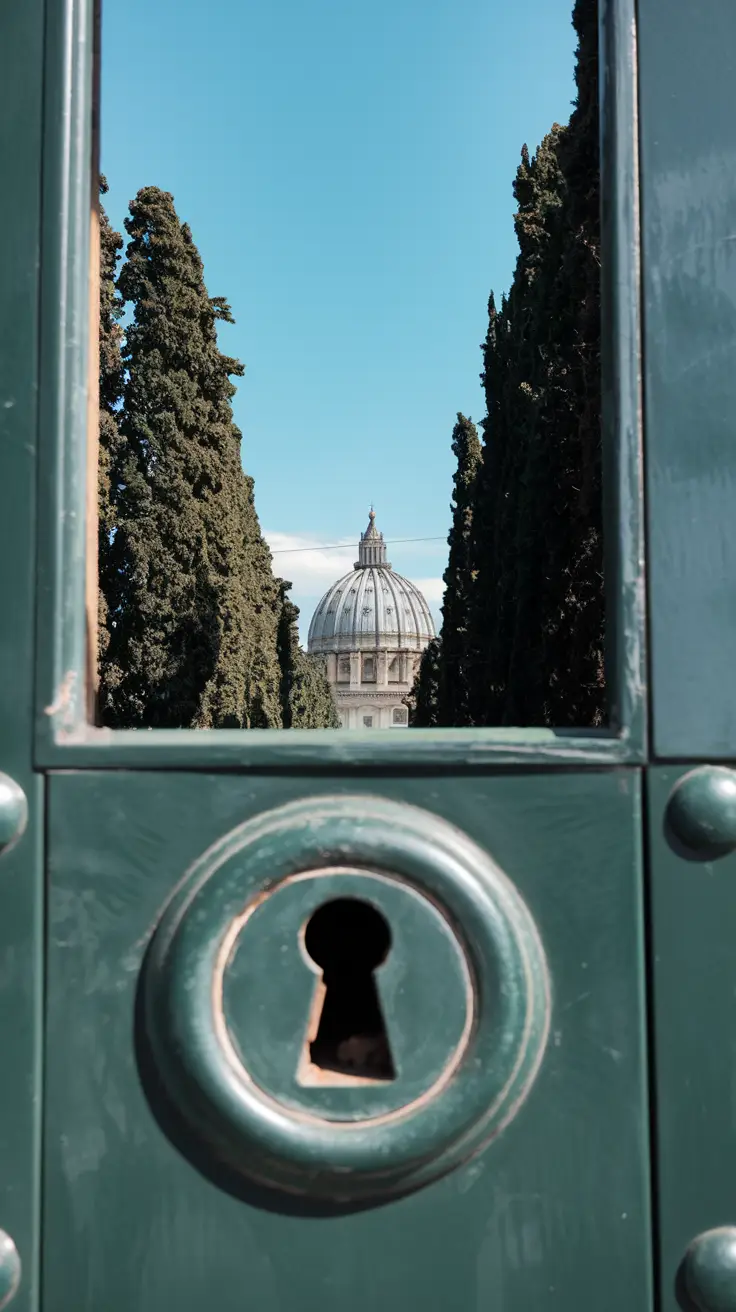
Just 15 minutes from Circus Maximus, this unassuming green door holds a view that’s straight out of a Dan Brown novel. Peer through the keyhole of the Priory of the Knights of Malta, and you’ll see a perfectly framed vista of St. Peter’s Basilica, hedged on both sides by manicured cypress.
Insider tip: Go early in the morning to avoid elbowing selfie sticks. You’re in Europe, not a jousting arena.
2. Basilica di San Clemente
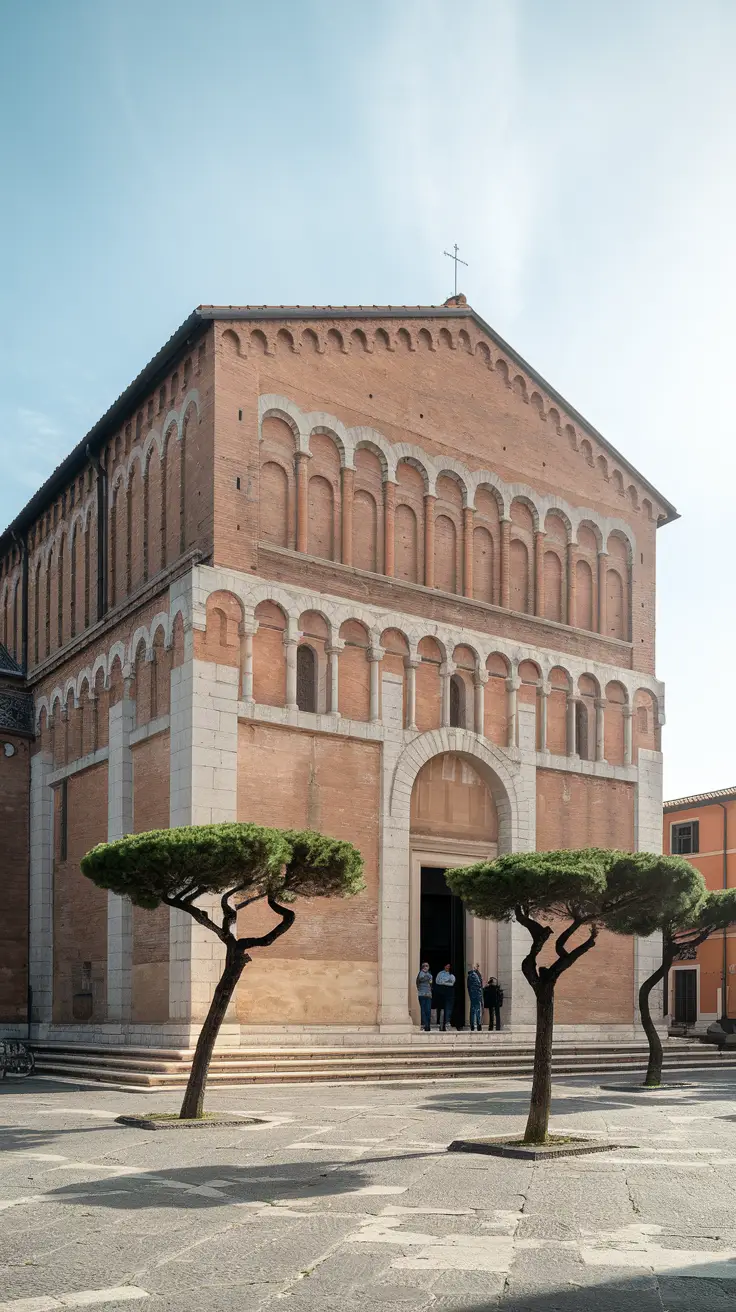
A five-minute walk from the Colosseum hides this layer cake of Roman history. On the surface, it’s a 12th-century church. Underneath? A 4th-century basilica. And beneath that? A 1st-century pagan temple and Roman house. Three centuries, one ticket, and zero crowds.
Cruiser’s advice: Wear slip-resistant shoes—the stone stairways get slick with humidity, and falling gracelessly past centuries of history is not a recommended itinerary.
3. Church of San Luigi dei Francesi
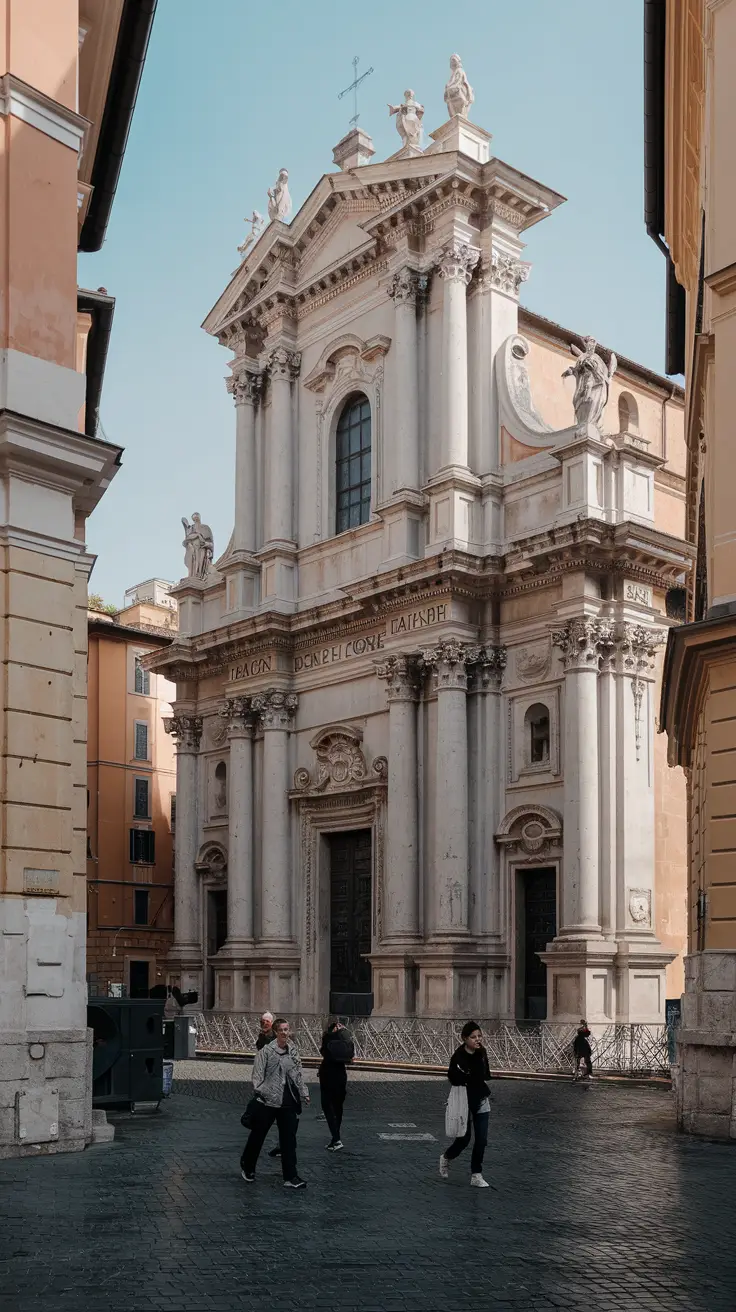
Located between Piazza Navona and the Pantheon, this church is shockingly underappreciated given it houses not one, not two, but three Caravaggio masterpieces. Best of all: it’s free.
Fun fact: Caravaggio was basically the rockstar of Baroque—temperamental, brilliant, and probably not someone you’d loan money.
4. Via Margutta
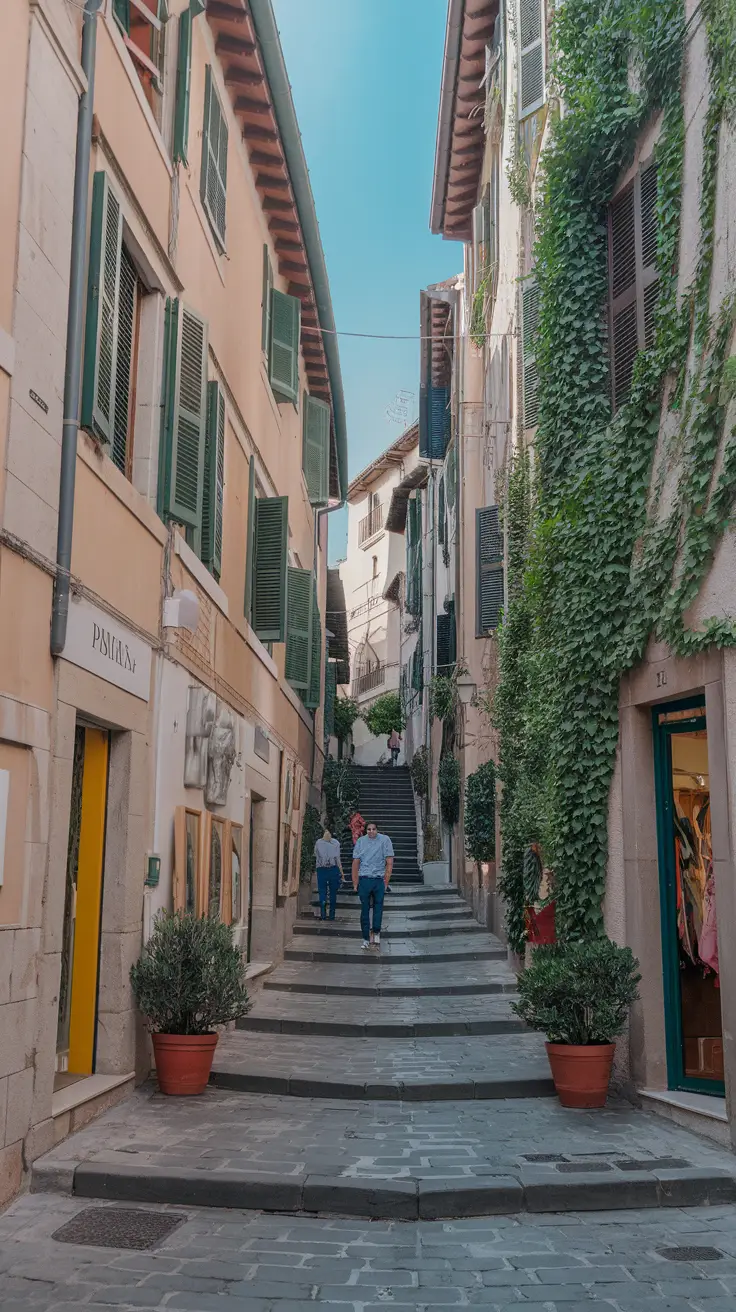
Tucked behind the bustling Spanish Steps, this dreamy cobblestone lane will charm your socks off. Once the stomping ground of Fellini and Audrey Hepburn (hello, Roman Holiday!), today it’s a quiet artist’s corner peppered with ivy, bohemian studios, and tucked-away boutiques.
Bonus tip: A great place to pick up gifts that won’t scream “airport souvenir shop.”
5. Cimitero Acattolico (Non-Catholic Cemetery of Rome)
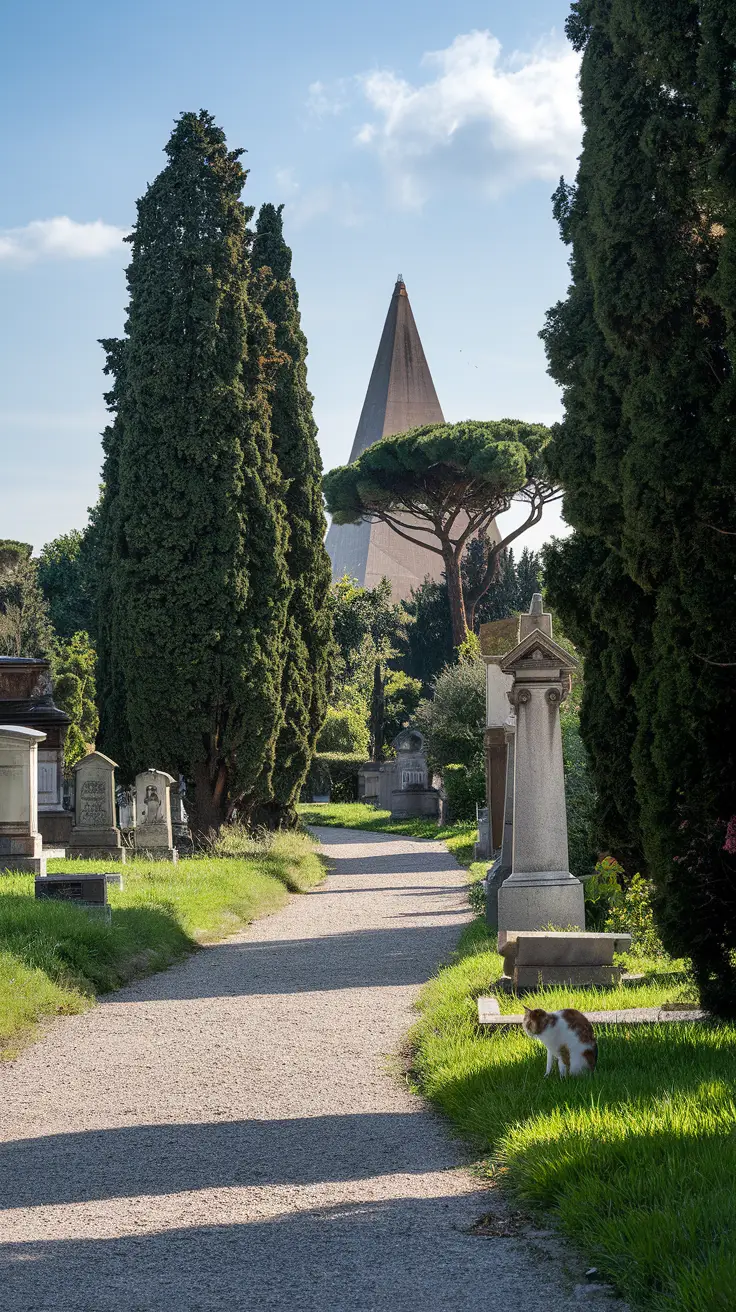
Near Piramide, this lush and tranquil cemetery is the peaceful final resting place of poets Keats and Shelley. A melancholic stroll, yes, but also strangely uplifting.
Watch out for: The city’s fluffiest feline residents live here. They are very photogenic, and they know it.
6. Largo di Torre Argentina
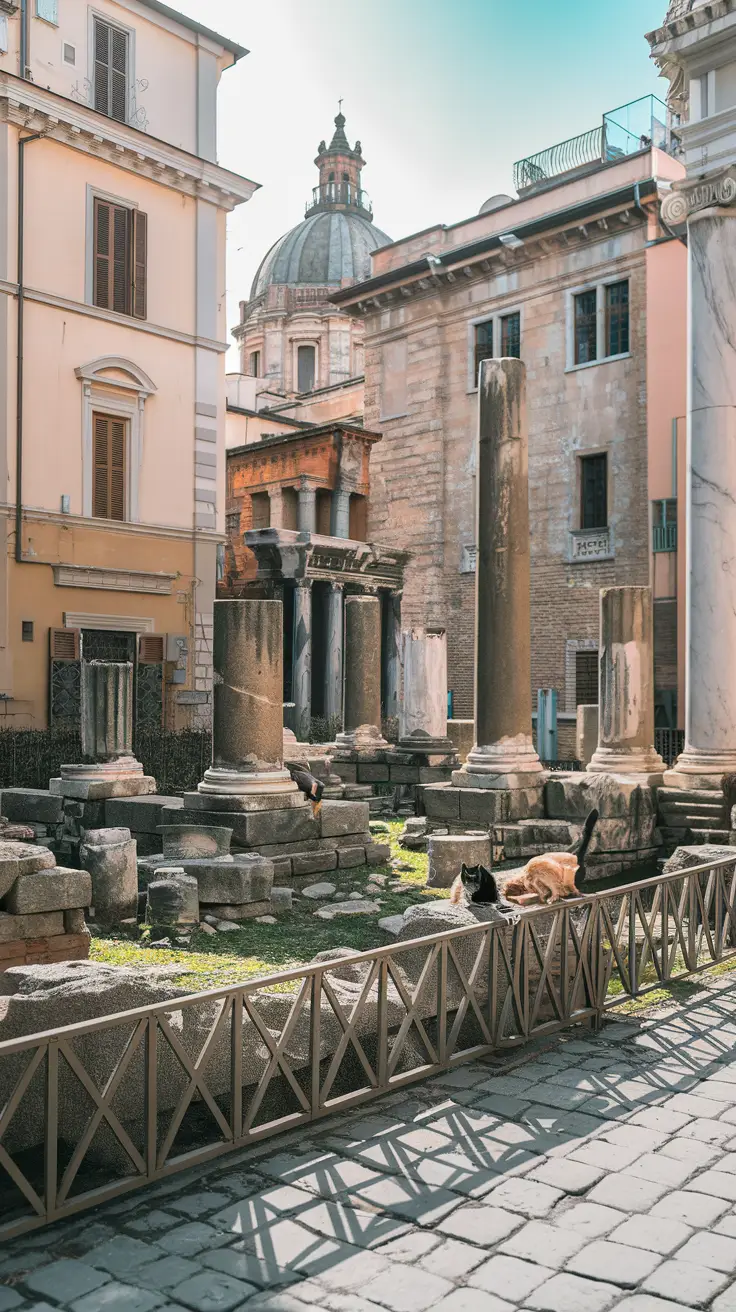
From the Pantheon, a five-minute stroll brings you to this sunken ruin that’s not only where Julius Caesar was assassinated (Et tu, kitty?) but also a cat sanctuary. That’s right: murder and meows in one archaeological site.
Cat lovers, rejoice: Snag a souvenir from the sanctuary shop—your purchase helps support the feline overlords.
7. Passetto del Biscione
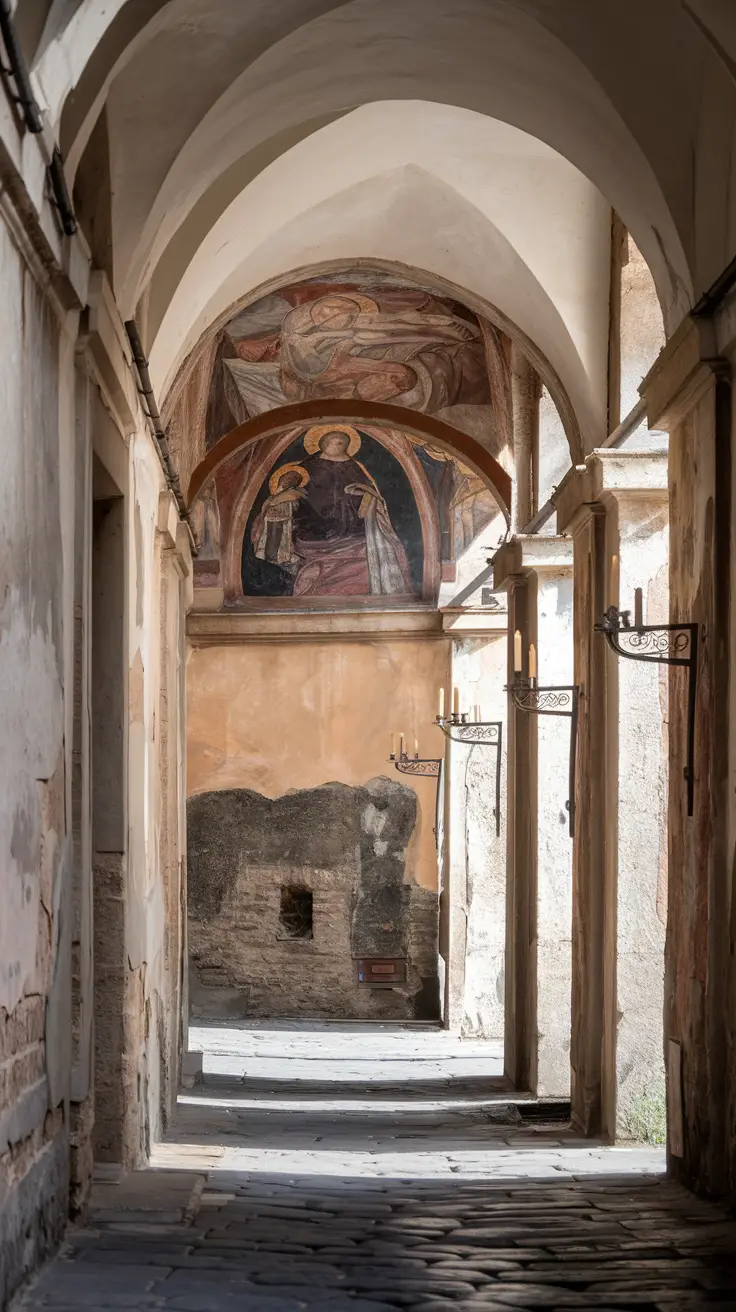
A semi-secret passageway near Campo de’ Fiori, this candlelit corridor is plastered with Madonna frescoes and drips with a medieval atmosphere—yet most tourists walk right past it.
Wanderer’s whisper: Perfect for channeling your inner Da Vinci Code protagonist.
8. Fontana delle Tartarughe (Turtle Fountain)
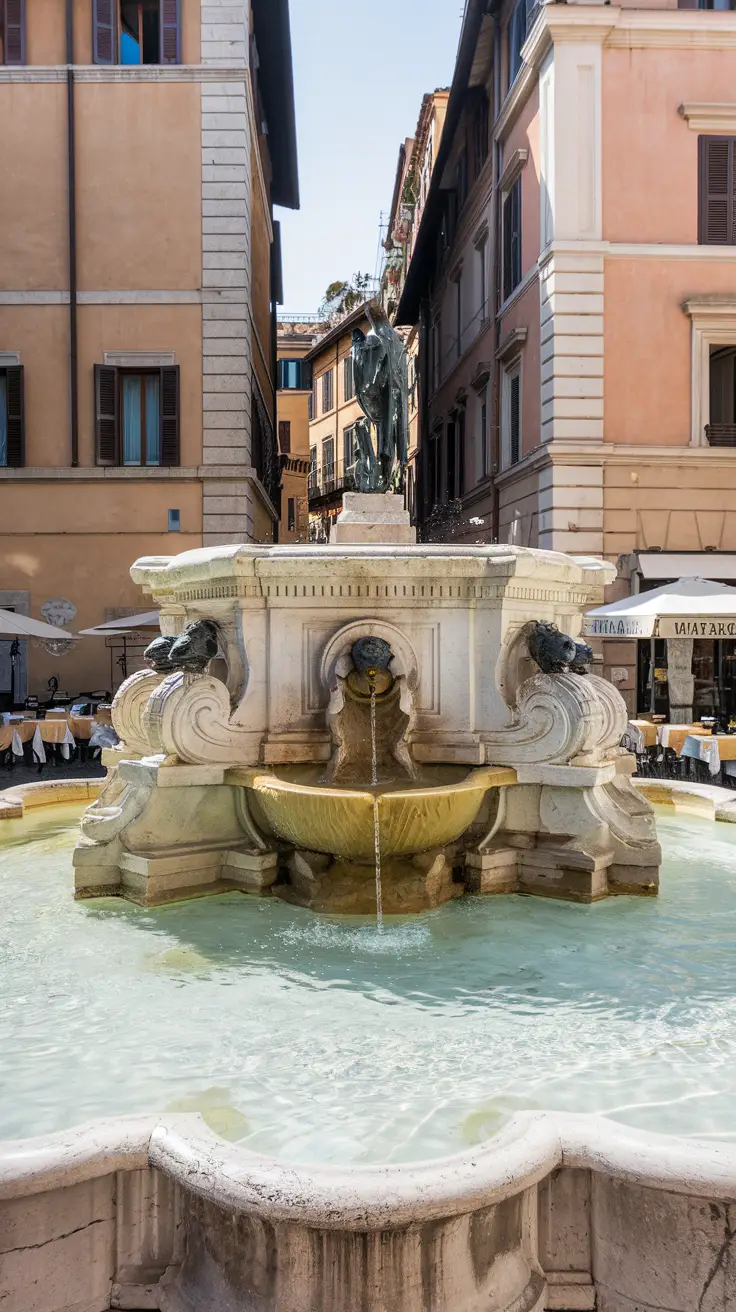
Near the Jewish Ghetto, this elegant fountain features four charming bronze turtles—added by Bernini decades after the original was built. It’s worth the detour, especially if you’re into architecture or, well… turtles.
Cruise nerd tip: If you arrive hungry, kosher Roman cuisine awaits nearby. Think crispy artichokes and deeply comforting pasta.
9. Biblioteca Angelica
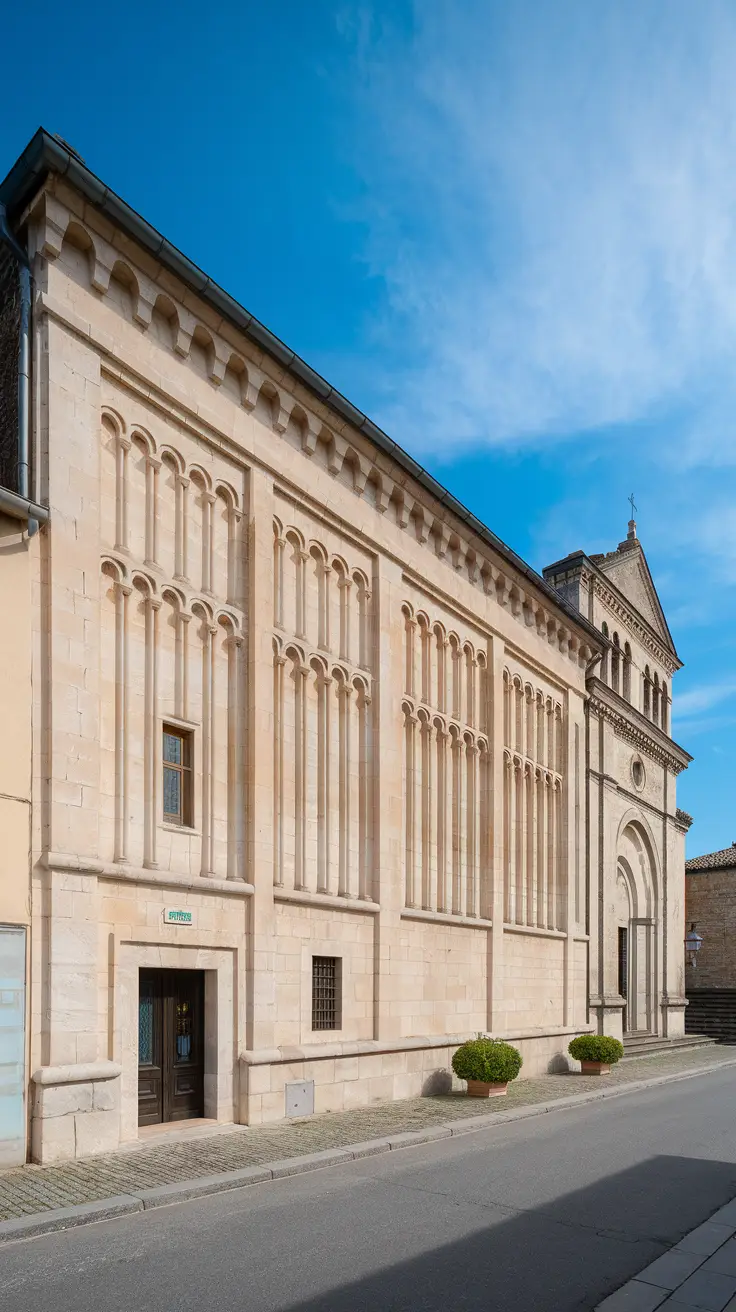
Hidden off Piazza Sant’Agostino (just behind Piazza Navona), this public library from the 1600s is a bibliophile’s fantasy—high ceilings, dusty tomes, and no entry fee.
Perfect pitstop if: You need serenity or a spot to sketch, reflect, or pretend you’re a brooding historical novelist.
10. Palazzo Doria Pamphilj
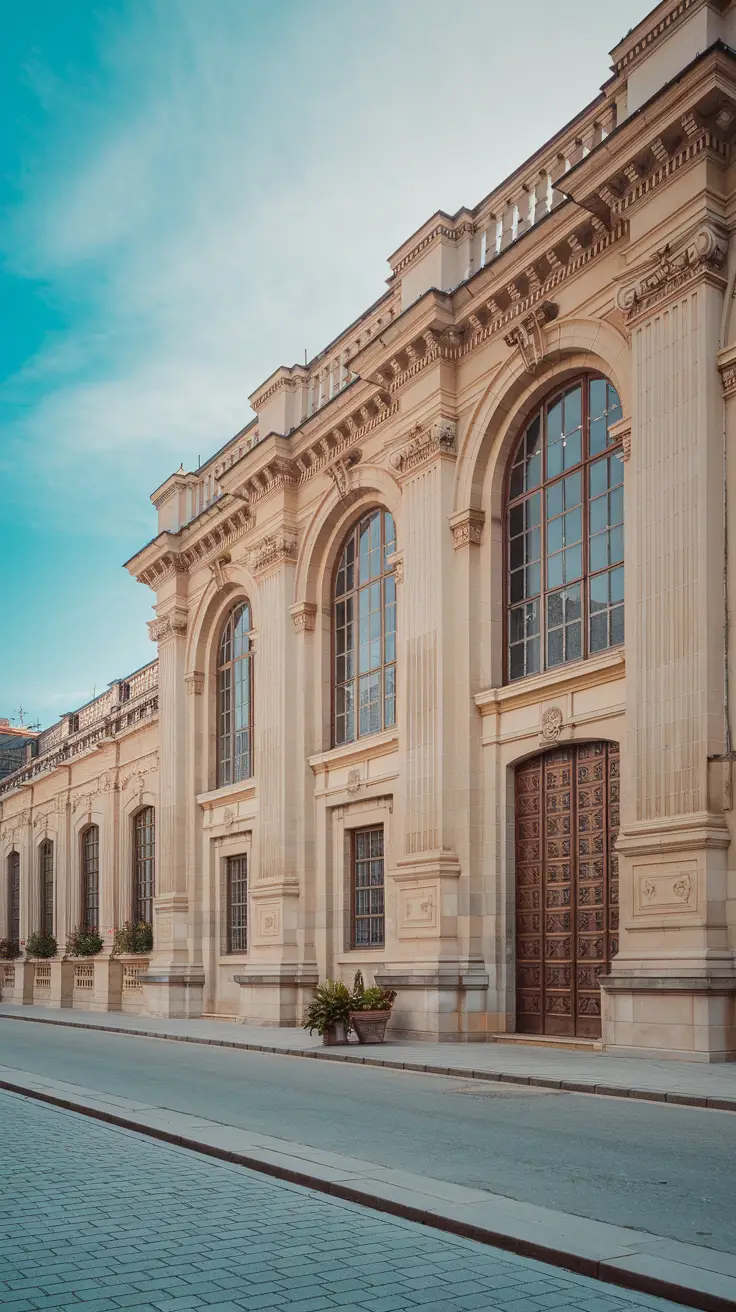
Steps from Via del Corso, this noble palace barely gets a fraction of the visitors the Vatican does, yet it boasts a breathtaking private art collection (hello again, Caravaggio). Family portraits, chandeliers, and velvet ropes? You’ll feel delightfully aristocratic.
Warning: You may develop an irrational desire to wear brocade and speak in iambic pentameter.
11. Crypt of the Capuchin Friars
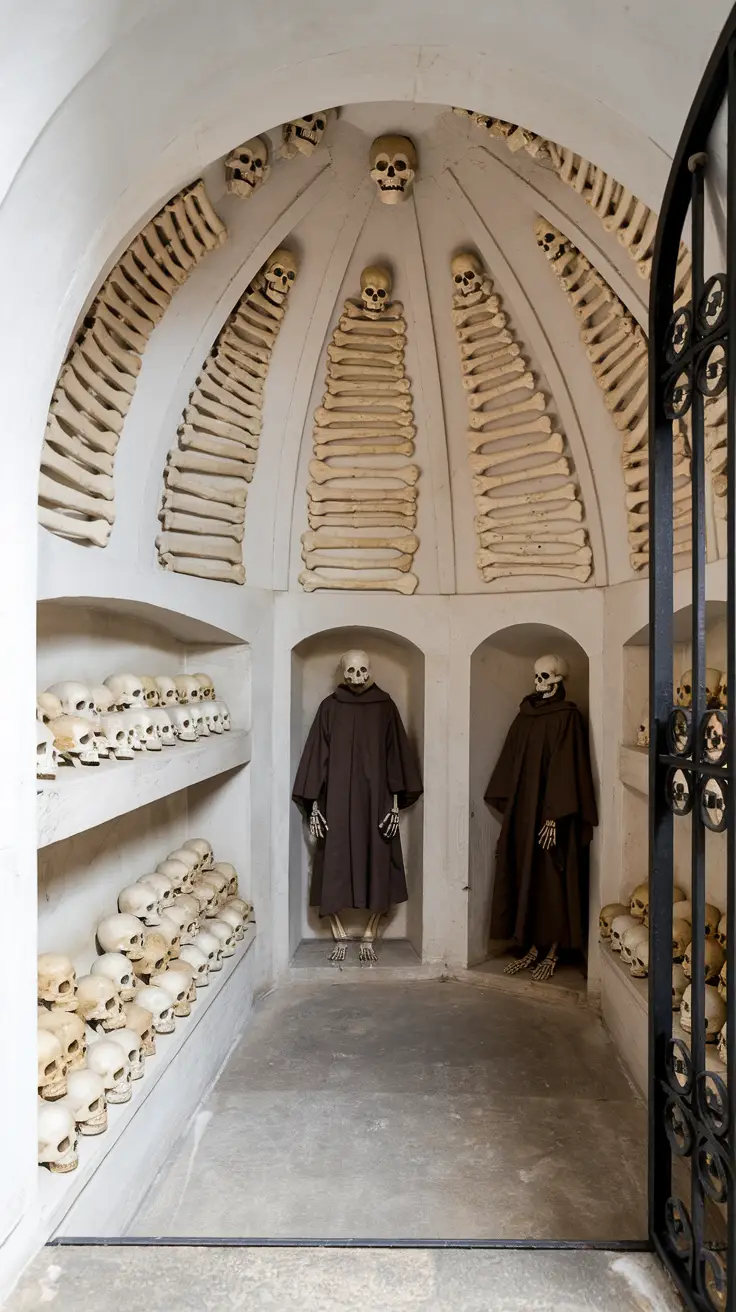
A 7-minute walk from Piazza Barberini sits one of Rome’s most macabre—and fascinating—attractions. Beneath this modest church are six chapels lined with the bones of over 3,700 monks, used to create chandeliers, arches, and floral designs. You thought your DIY Halloween decor was next level? Think again.
Not for the faint of heart, but undeniably memorable.
12. Via dei Coronari
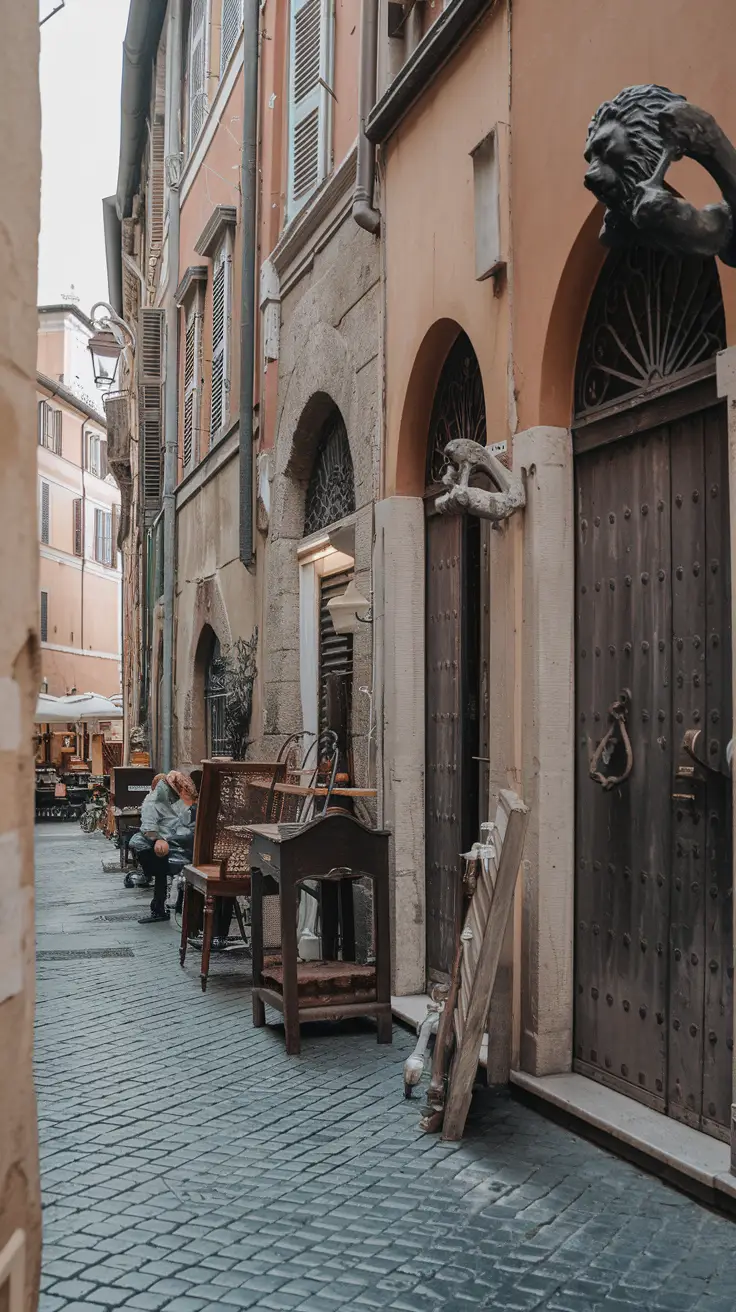
This medieval thoroughfare near Piazza Navona is quietly charming and packed with antique shops and artisan boutiques. Less touristy, more time-machine-y.
Pro tip: Keep an eye on door knockers. Yes, the door knockers. They’re miniature works of art in themselves—and you don’t need a museum ticket.
13. Tiber Island (Isola Tiberina)
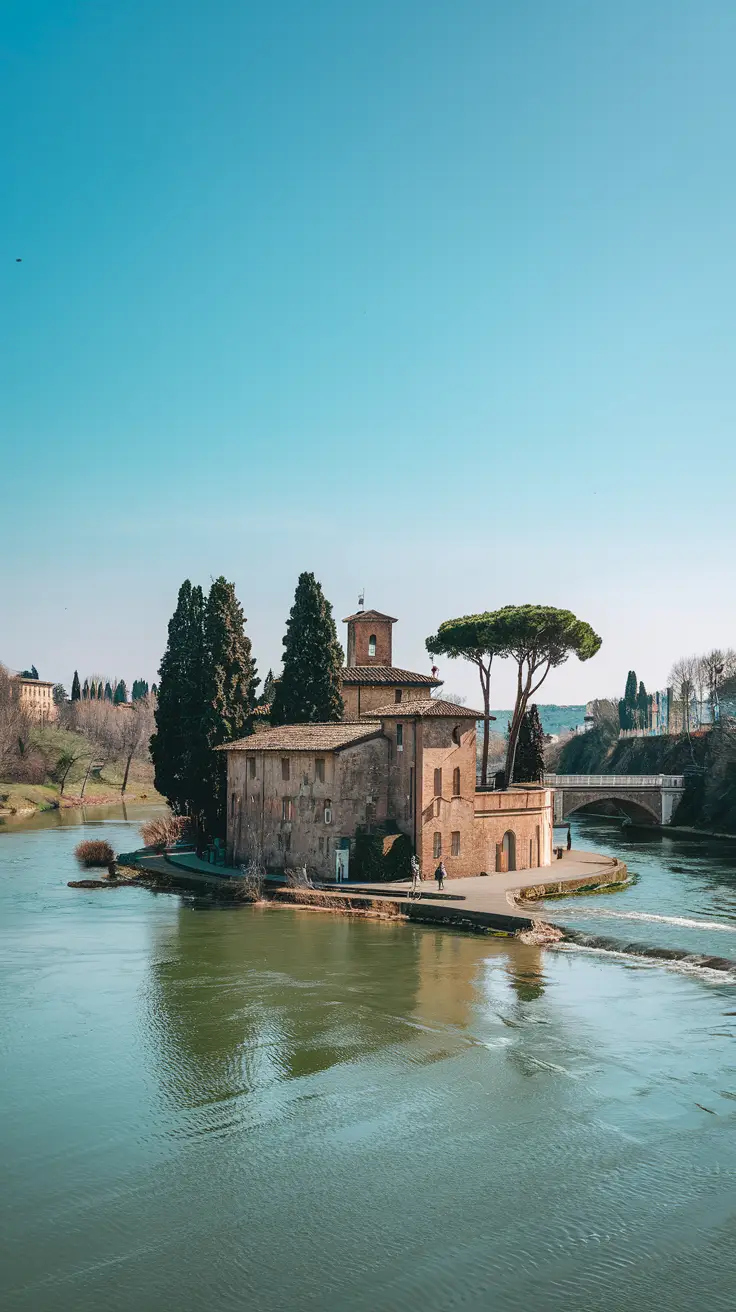
Blink and you’ll miss it—this small river island is actually ancient and steeped in myth. Make a loop via the two walkable bridges and enjoy a moment of calm just a stone’s throw from Trastevere and the Roman Forum.
Local legend: The island was formed when Romans threw the body of a tyrant into the Tiber. Dark origin… delightful island.
14. Gelateria del Teatro
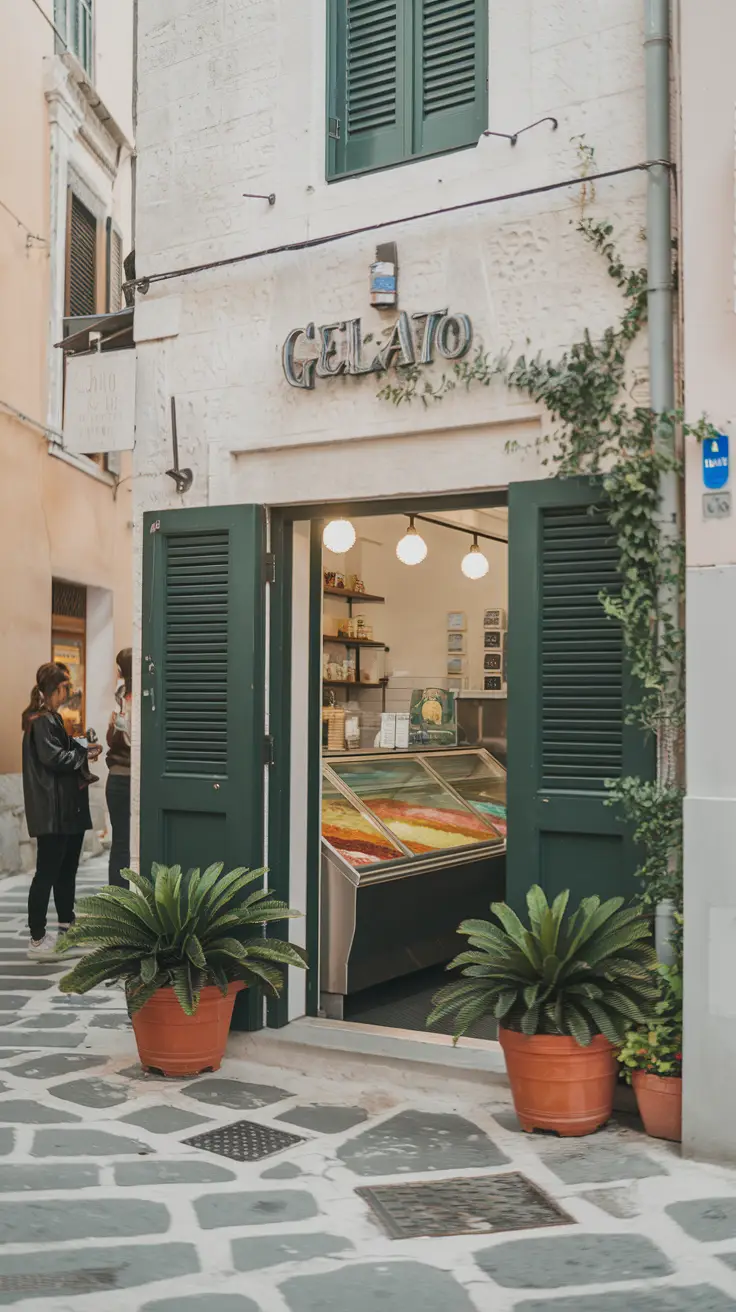
Hidden off Via dei Coronari (yes, again—it’s a wonderland), this gelato shop is a revelation. Unique flavors like lavender-white peach will make you question why you ever settled for “vanilla.”
Cruise-worthy advice: Always eat your gelato from the counter—don’t wander too far, lest gravity and Rome’s uneven cobbles conspire to reclaim your scoop.
15. The Orange Garden (Giardino degli Aranci)
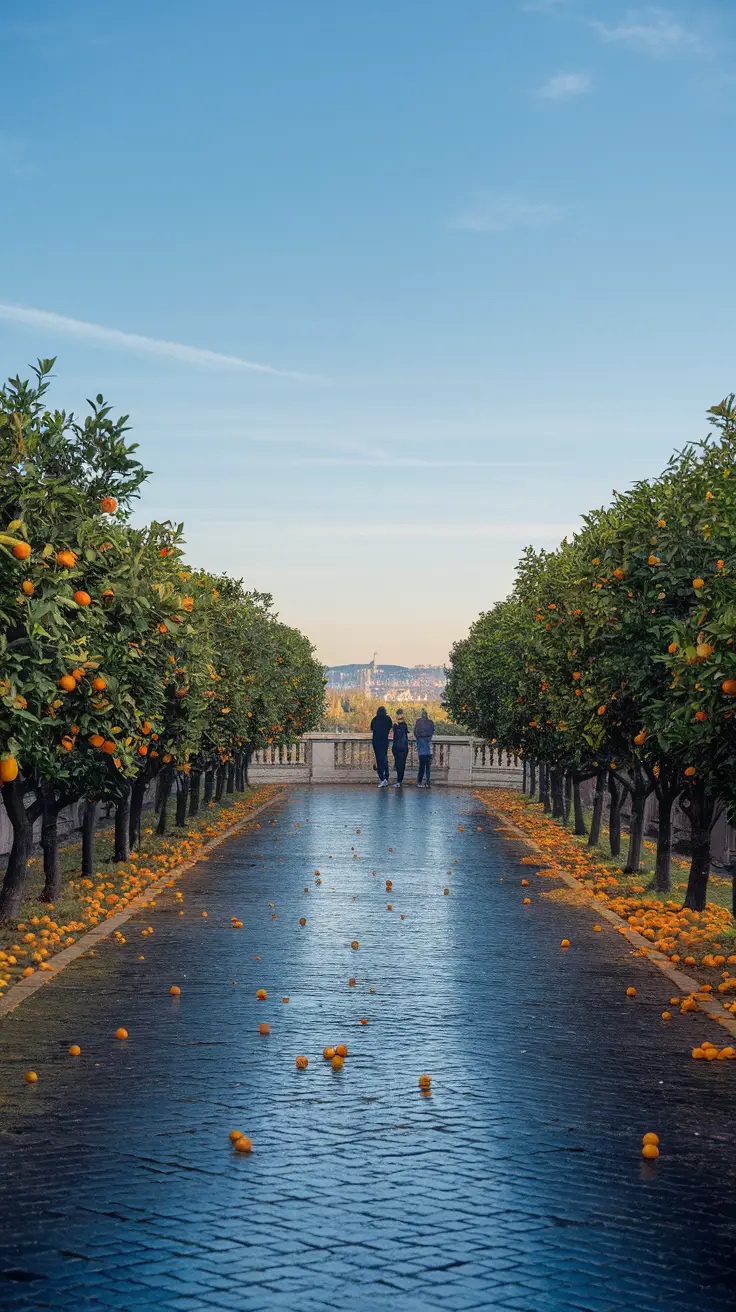
Last but not least, climb Aventine Hill for this peaceful garden that serves sunset views with a side of citrus-scented serenity. You’ll overlook the Tiber and much of Rome—and yes, you’re allowed to pretend you’re in an Italian film.
Bonus delight: Often empty even when the city below is packed. Bring a snack, a notebook, or a selfie stick (we won’t judge).
The Bright Side—and the Bumps in the Cobblestones
Rome is dazzling, no doubt. But between midday crowds, serpentine streets, and occasional rogue scooters, navigating it can test even the most seasoned cruiser’s patience. These hidden gems offer a welcome breath—literally and metaphorically—from the rambunctious tour groups and Insta-influencer battalions.
However, bear in mind:
- Comfortable, broken-in shoes are not optional. This is not the debut venue for your new sandals unless you’d also like to debut fresh blisters.
- Watch your time. Most Rome excursions offer 6–9 hours tops from port. Plan your route conservatively and allow wiggle room.
- Restroom Roulette: Public bathrooms are rare. Use the facilities when you dine or buy a coffee—and always have a Euro coin handy for some paid toilets.
- Language isn’t usually an issue, but knowing a few pleasantries like “Scusi” (excuse me) and “Grazie mille” (thanks a lot) will charm the locals…and your barista.
One Last Sip of Rome Before You Go
There are two Romes. The one crowded with maps and megaphones, herded tourists and ticket queues. And then there’s the Rome you uncover slowly, by turning left when everyone else goes right. The one that winks at you behind ivy-covered lanes, in forgotten crypts, quiet churches, risotto nooks, and gelato shops tucked just off the beaten path.
So the next time your cruise drops anchor in Civitavecchia and offers you a whistle-stop Roman holiday, go beyond the icons. See the Forum, the Colosseum, the Vatican—absolutely. But then give yourself the gift of discovery. Pick one or two of these hidden gems. Get lost on purpose. Follow the cats, the art, the smell of roasted coffee.
Rome will reward your curiosity with more than just a full camera roll—though that’s guaranteed too.
And who knows? Maybe your favorite memory of the Eternal City won’t be a postcard view at all, but a quiet bench between orange trees or a keyhole where three layers of beauty align perfectly—and unexpectedly—just for you.
Until next port, my friend. Buon viaggio!
(And seriously… try the lavender gelato.)
